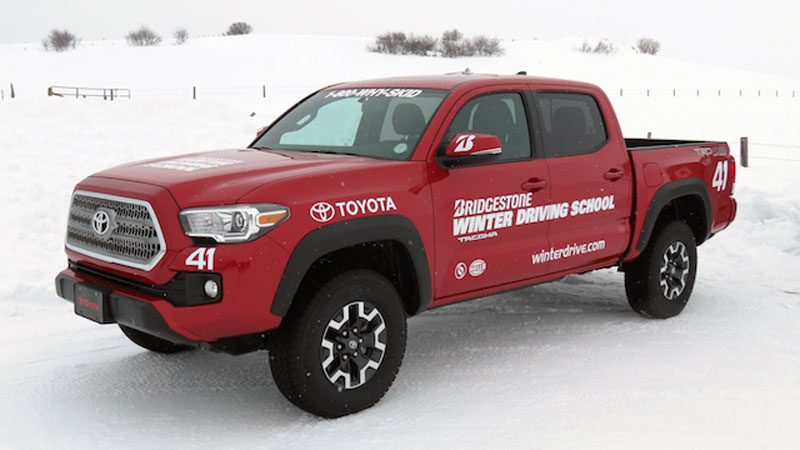Higher Education: Bridgestone’s Winter Driving School
Getting schooled at the Bridgestone Winter Driving School. Ah, winter — the least favorite season for many of us as cold temperatures, snow, and ice often prevail, especially throughout snow country. I grew up in New Jersey and now live in the “sunny South,” but we have our share of … Read more

